QuestionHello!
We recently caught a hatchling painted turtle at our lake. It isn't a newborn, but was definetly born this year. We don't know what to feed him, and I thought you might give me some suggestions. As we are soon moving, we need to know if we can provide for him, or if we should let him go. I hope you can help. Thanks a lot for your time,
Maya Slouka
AnswerBaby turtles are not simple pets. The big 'baby turtle pet craze' was based more on the fact that tbey are cute and cheap to catch than on ease of care.
It is not that they are hard- it is just that they take more work than an aquarium, for example.
A young turtle needs a minimum of 5 gallons of swimming space water, a good basking surface, water temps around 80 degrees, a warm spot on the basking site of 85 or so. Food is best if it is either fresh. Live animals (small fish, insects, worms, etc.) or good quality store bought (not the cheap stuff with ant and fly parts.) You'll need to provide UV lighting and vitamin B13, and be ready for the common turtle illnesses of eye infections and shell rot. The average lifespan of a healthy pond turtle can run 20 years so this is a long-term committment.
You can find a primer and great references at sites like www.tortoise.org (general care guides, links area, and species accounts).
Please understand, I am NOT trying to discourage you, just prepare you for what it takes, and pointing out a few of the downsides to help you be better ready to take on the job. I figure better to know now than to be blind-sided later on!
People who like turtles as pets really get into this. While you can keep it simple, you'd be amazed at the elaborate set-ups some people build and display on the 'net!
A basic easy-care starter set-up for your small turtle might include:
- 10 gallon fish tank with a piece of wide driftwood attached to provide a crawl-out spot. No sand or gravel for easier cleaning, or pea-sized gravel for looks and semi-easy cleaning. A tank heater (well protected) would keep the water temps to about 75 degrees. (THe lights later will warm it up during the day).
- A powerful corner or external filter for water cleanliness.
- A lighting rig consisting of a series of bulbs and timers. Set a florescent light to run for about 10-12 hours a day. Use an incadescent bulb for about 8 hours to provide more 'color balance' and a bit of air warmth. Point an infrared heat bulb at the basking site from about noon to 4 for warmth, and shine a black light over everything from about 12-1 for vitamin D. One problem- keep the brightness down by using small wattage lights, and/or covering the cage with things to simulate the effects of leaves over the water. Move bulbs closer or further away to regulate temps.
- Position the system somewhere with fairly low stress. Turtles are stressed by vibrations, cold, and 'giants' hovering over the tank. Putting the tank a bit high helps (it also keeps it out of reach of dogs.)Keep it away from things like speakers or TVs, windows, cold air vents, etc.
A good diet regimine might be:
- A diet consiting of a variety of 'baits'. Small fish one day, worms another. Bugs found around the house or crickets, etc. Use good quality store-bought food (trout chow, for example) to suppliment and offer variety. Once in a while, add some greens (spinach, parsely, mustard greens, etc.) that have been lightly microwaved.
- Turtles eat in the water, and can be messy eaters. To reduce the ceaning job, try using a seperate 'feeding tank' that is warm and comfy. Put the turtle and food in, wait a couple hours, and put the turtles back in the main tank, then hose out the tub.
- Vary the amount of food- fasting days, light days, regular days, and heavy days. Don't worry a lot about a schedule, just aim for a balance.
- Provide vitamins by 'charging' the food- use good powdered vitmains and let the worms and bugs eat it between the time you buy them and feed them to the turtles.
Now- you just watch and learn. You'll fine tune things based on behaviors. A turtle hanging out mostly in one area of the cage is hinting that the rest of the cage is uncomfortable. If it hangs in the cool area, cool the entire cage a bit. If it hangs in a hot area, warm things. If it only eats 'x', give it a bit more of that (or, try some other new things). If it ignores food, remove it. If it wolfs things down, feed it a little more the next day (note- these things can be real pigs when conditions are right- don't feed to the point they can't completely retract in the shell.)
Or, you can let it go and enjoy it in its natural settings!
Good luck!

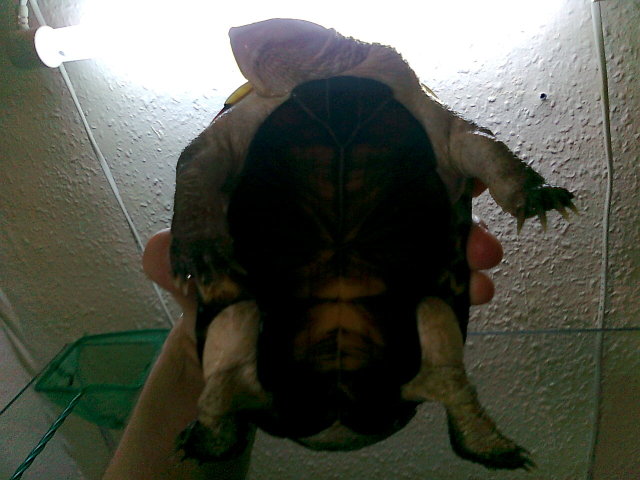 African helmeted with swollen body
QuestionShowing swelling
QUESTION: Hi there,
I h
African helmeted with swollen body
QuestionShowing swelling
QUESTION: Hi there,
I h
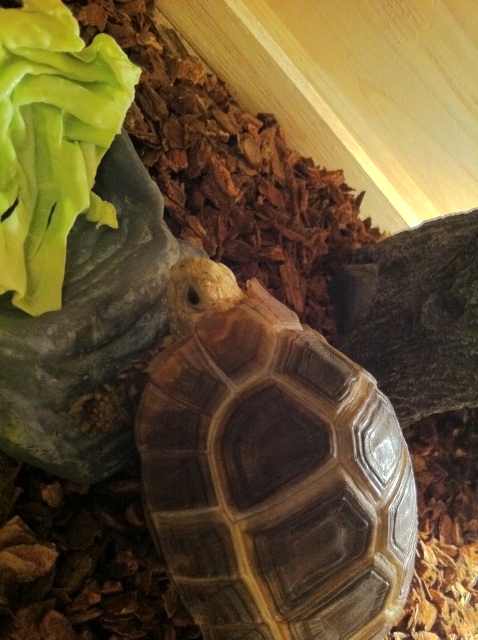 unidentified tortoise
Question
my tortoise (eating)
dear Jamie
i got a torto
unidentified tortoise
Question
my tortoise (eating)
dear Jamie
i got a torto
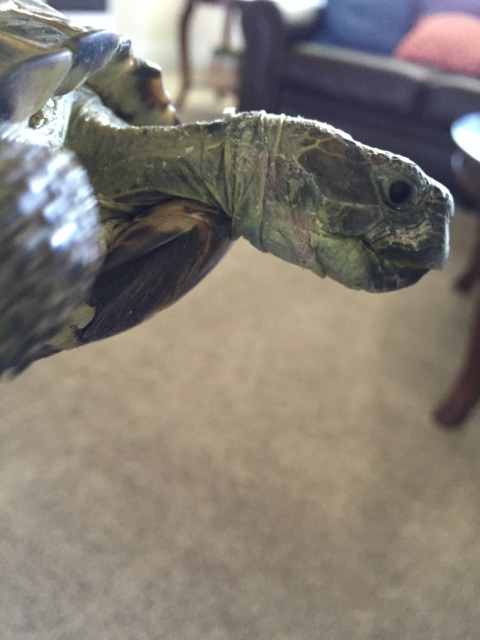 Red spots on tortoises head/neck
Question
Red Spots
We have a Russian tortoise we
Red spots on tortoises head/neck
Question
Red Spots
We have a Russian tortoise we
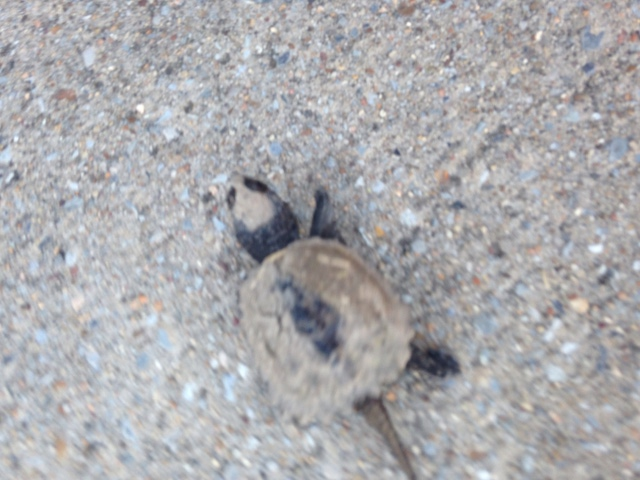 Turtle kind
Question
Turtle
I found a turtle in Northeast Te
Turtle kind
Question
Turtle
I found a turtle in Northeast Te
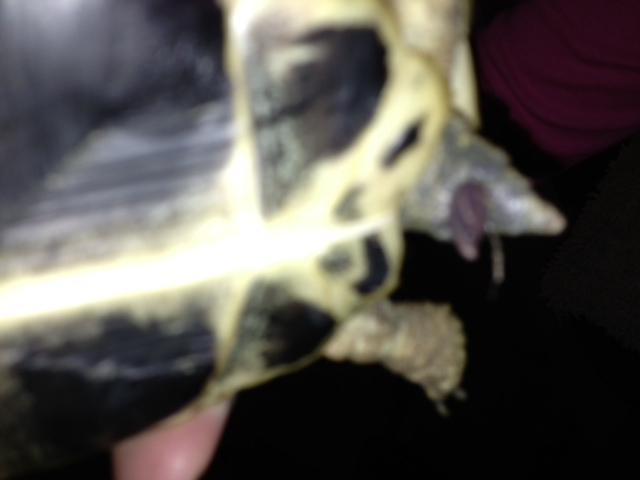 Hermann Tortoise
QuestionQUESTION: Hello. My question is in regards to o
Hermann Tortoise
QuestionQUESTION: Hello. My question is in regards to o